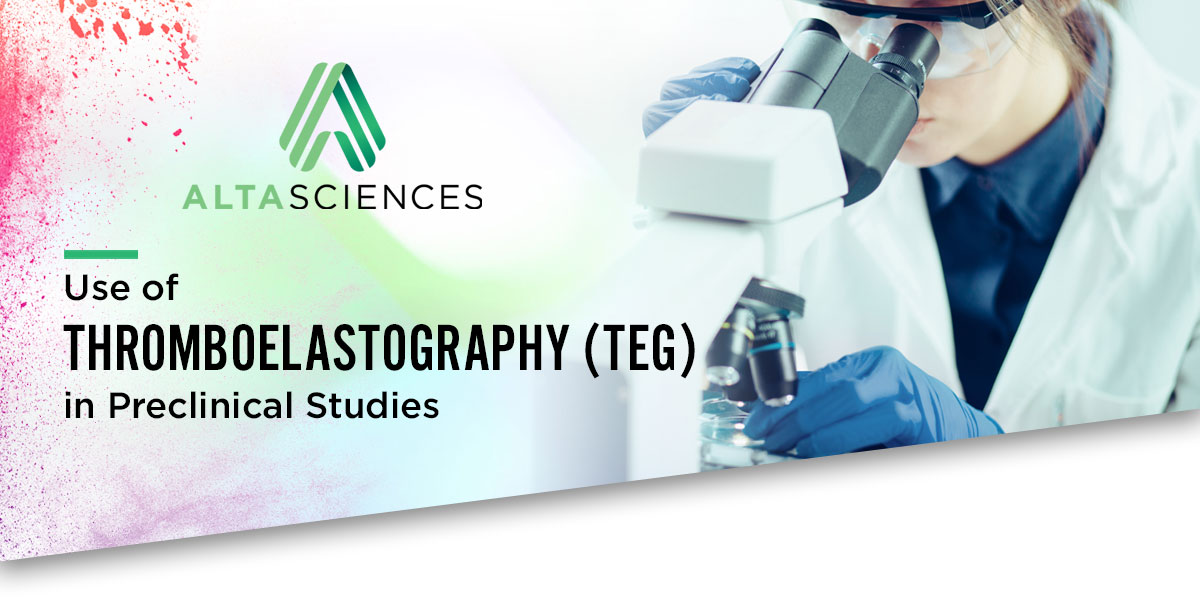When and How to Use Thromboelastography (TEG) in Preclinical Studies

|
|
Thromboelastography (TEG) is often used to measure clot strength, diagnose and quantify fibrinolysis, as well as help diagnose platelet dysfunction and hypercoagulability. TEG analysis is utilized in preclinical studies targeting bleeding disorders and platelet dysfunction, and can add valuable information in drug development focused on hematology and coagulation. Want to know more? Our scientific poster discusses the various benefits, challenges, and methods associated with the use of TEG in preclinical studies, including a case study. |